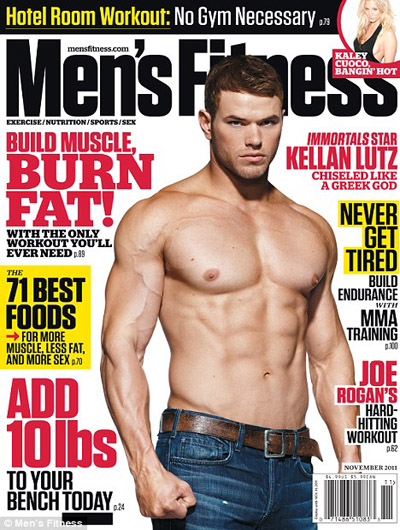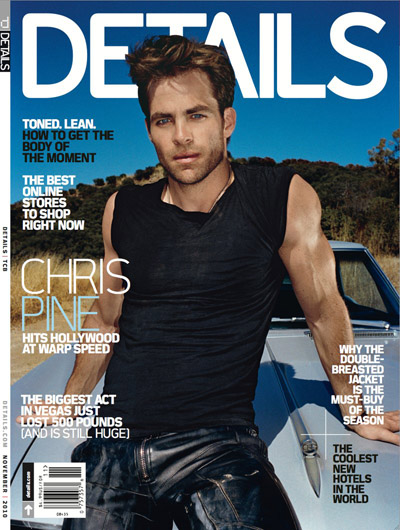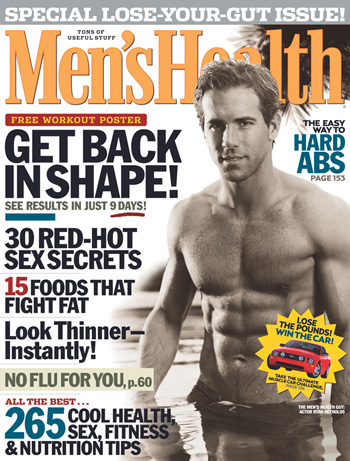

Men are now responsible for the shape and appearance of their body - an object that must be manipulated and invested in. The body is now fully connected with their identity (Ricciardelli 66). American heterosexual men's magazines currently perpetuate two types of bodies- muscularity and metrosexuality.


The importance of muscularity in hegemonic masculinity has fluctuated over time. Depending on the era of time in question, muscularity may or may not have been a necessity to masculinity. After the discovery of the Americas, muscles gained prominence since they were needed by man to forge westward, build and battle (Ricciardelli 65). Since the Vietnam War there has been an emphasis on muscles to possibly compensate for feelings of inferiority as the status of women increased (65). More recently, David Halperin has surmised through his study of Foucault that, "muscles don't signify power," that they are "specifically designed to be an erotic turn on" (Benzie 163). Pronger has even claimed that muscles are the ultimate indicator of masculinity (Ricciardelli 65).
The other form of masculinity seen through media and magazine is the metrosexual. The metrosexual was first introduced through the gay liberation movement in the 1970s to counter aggressive masculinity by focusing on non-oppressive relationships with women, families and other men. Metrosexuality placed less focus on the more dominant forms of masculinity and instead emphasized, "self-presentation, appearance and grooming" (65). It challenged traditional masculinity while providing for self-expression. With the expansion of grooming products and fashion, combined with the increase of disposable income, there has been a more recent growth of metrosexuality, now personified by many male celebrities (65).
|
The characteristic of both types of masculinity seen in men's magazine share is an emphasis on the body. It is suggested that in Western Culture that images of success are associated with youth, vitality and fitness (Benzie 163). There is a fear of aging in our society that has sparked a fitness industry that "seeks validation by reference to the visual product it produces" (163). As a result, male icons tend to be characterized by an excellent degree of physical fitness, or having a good body.
